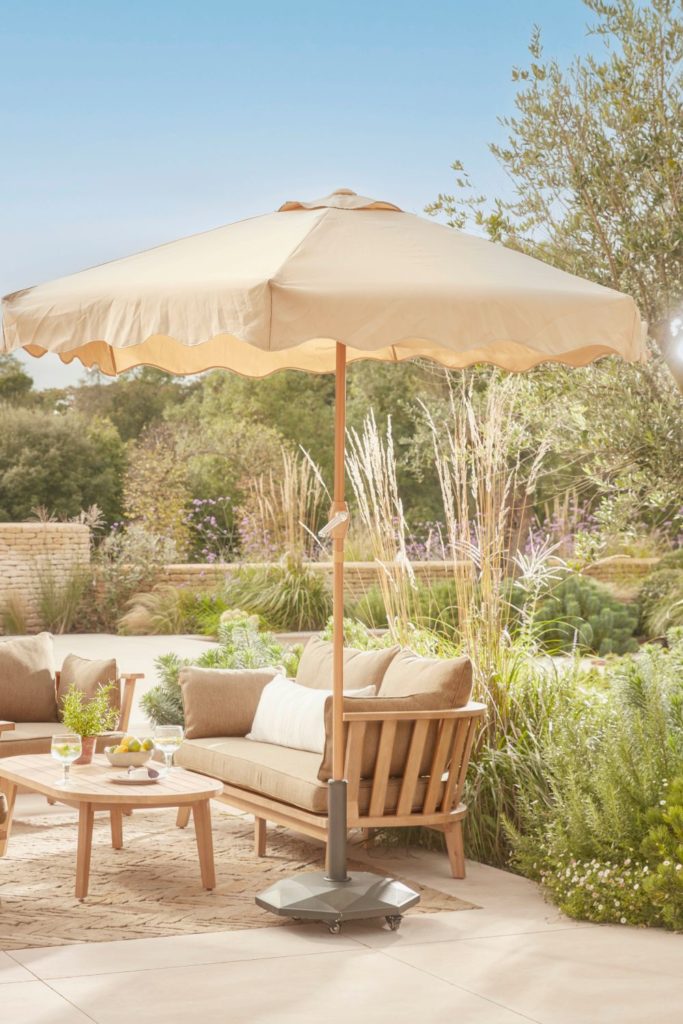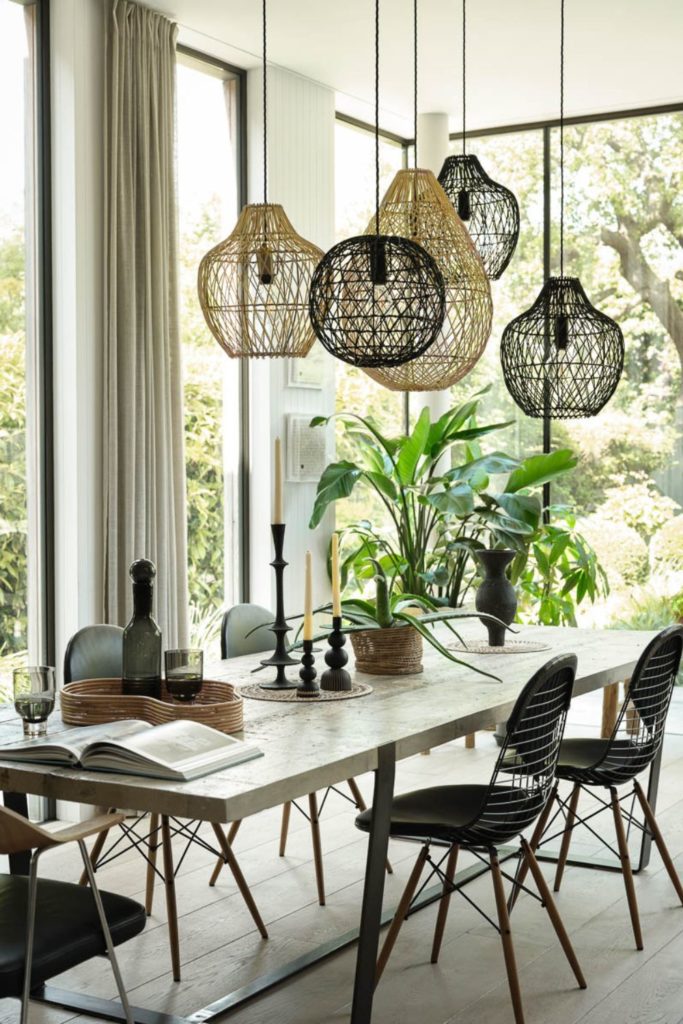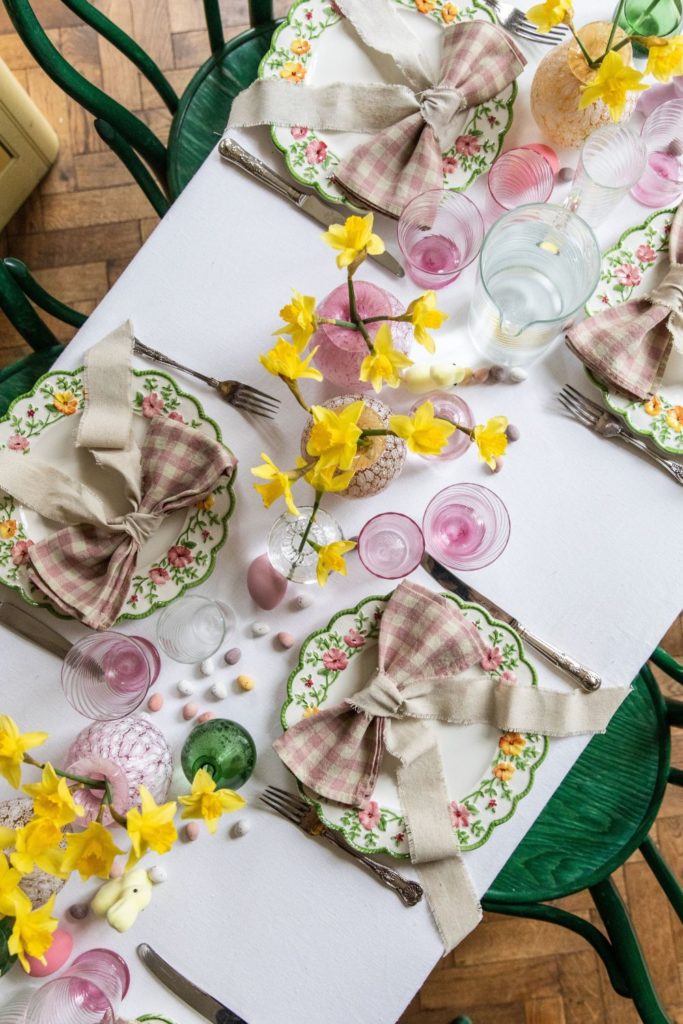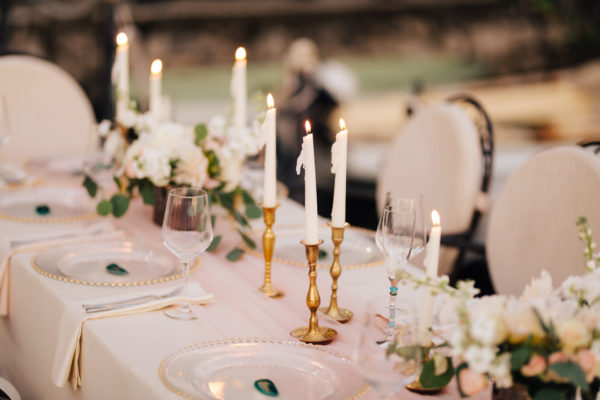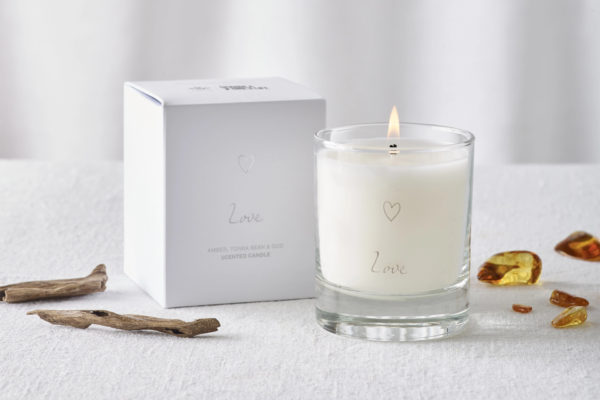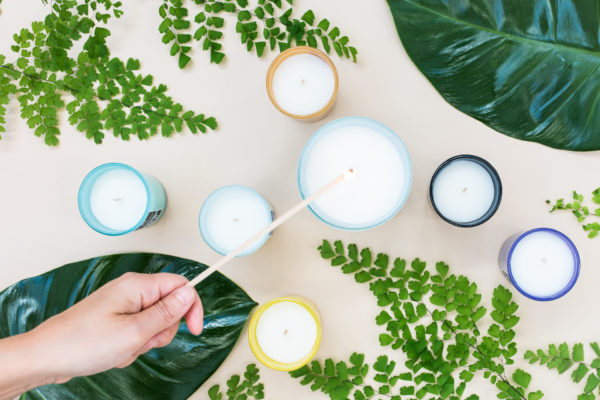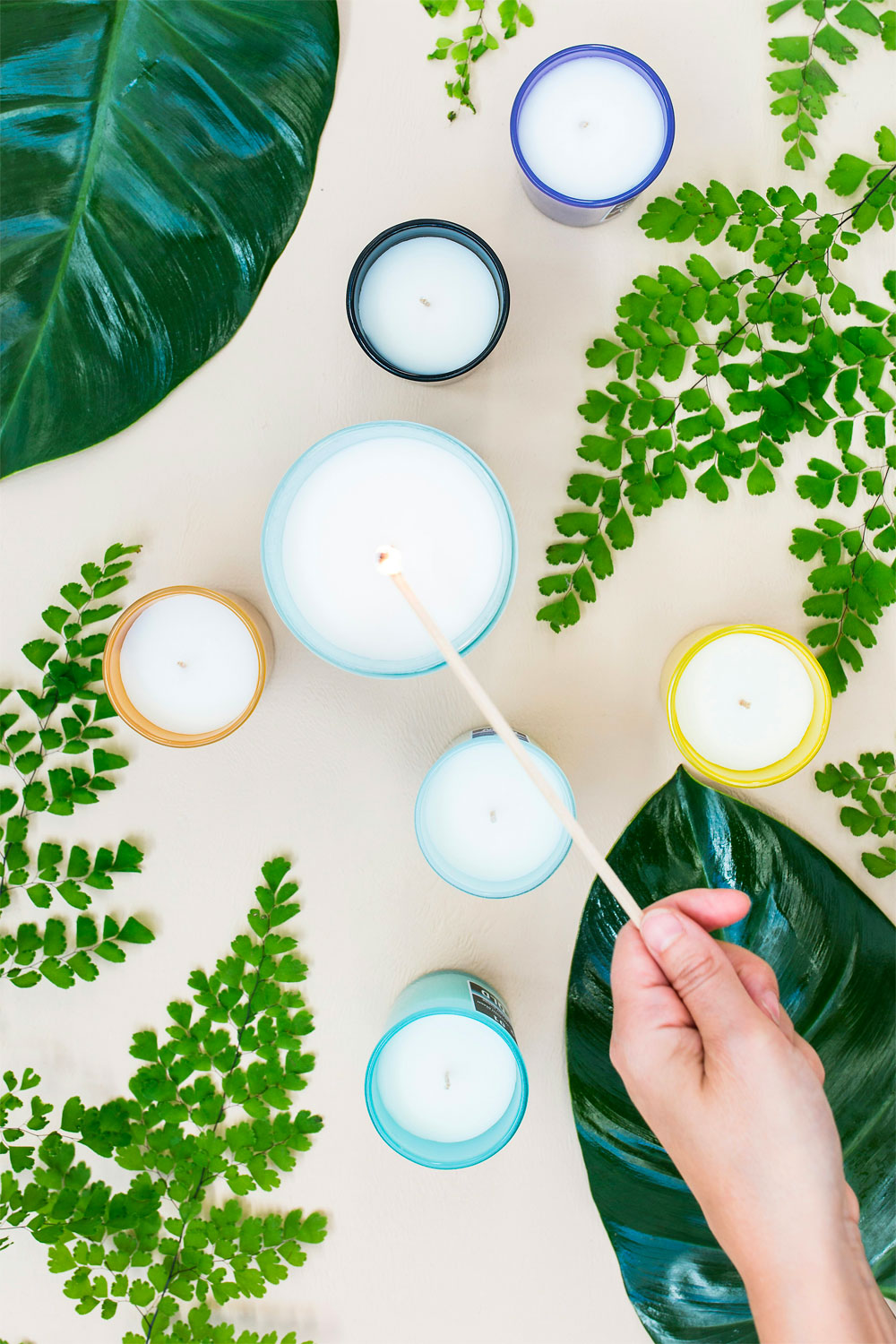
Get A Whiff Of Scentscaping, An Enduring Interiors Trend
By
11 months ago
The trend is sticking around like a good smell
Looking for a subtle way of transforming your home? You might like to get a whiff of scentscaping. This not-so-new interiors trend is sticking around like a good smell because it can transform your wellbeing and give power to your spaces to evoke certain feelings. We asked the experts how to get started with scentscaping.
Get A Whiff Of Scentscaping
The power of scent is real. Aroma has a way of creating a feeling – you might associate certain smells with a loved one, or a particular time of place in your life. This is why event production teams use smell – for immersion in theatre (think of West End musical Waitress which wafted the smell of fresh pies through the auditorium), or for special moments like weddings (where planners often recommend a unique perfume for the day), for example. Scent is a perfect means through which to tell a story and transform an experience. And it’s for this reason that it shouldn’t be overlooked in your home.
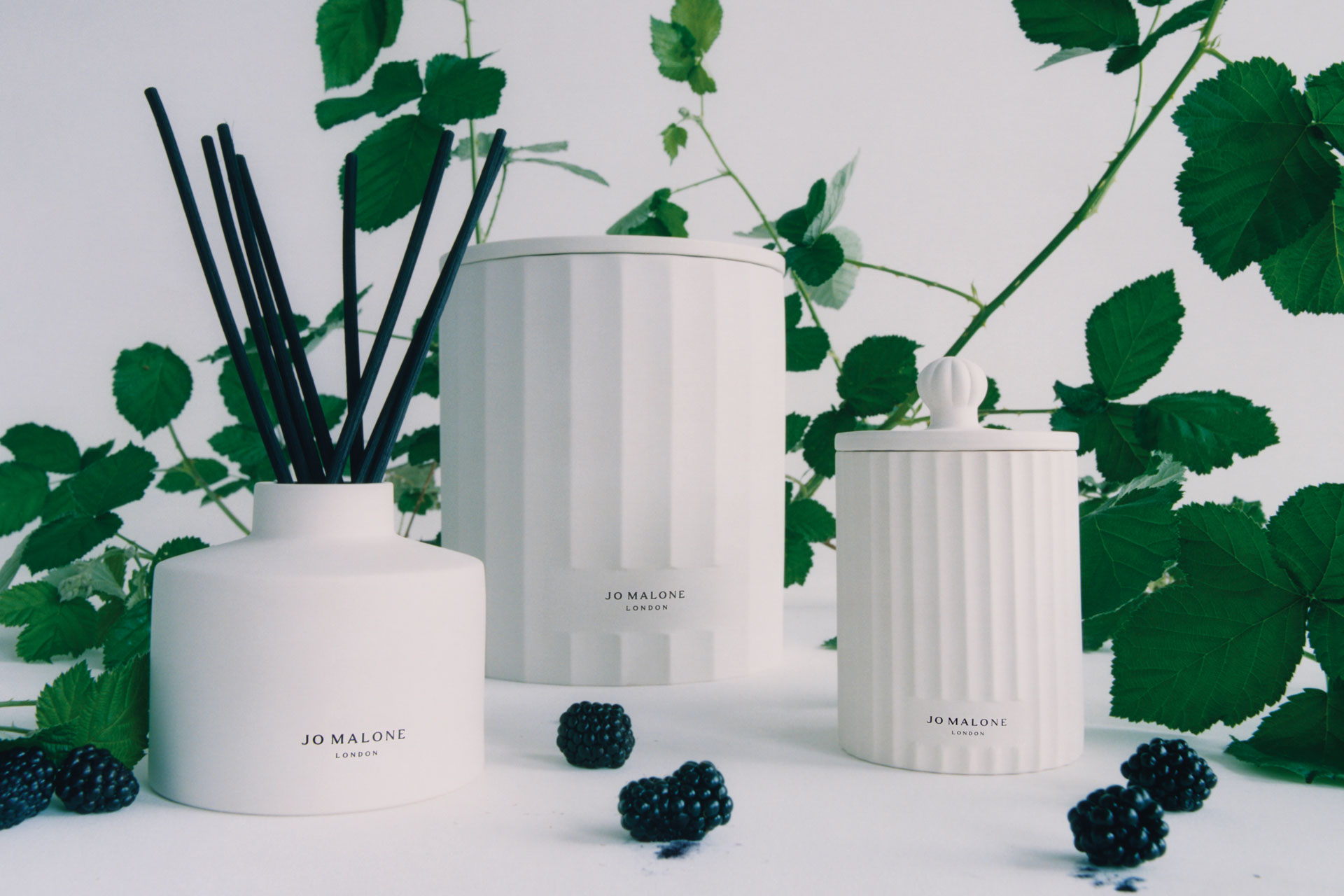
From the Jo Malone London Townhouse collection, available here
What Is Scentscaping?
Scentscaping uses aroma to create a feeling in a room within your home. Fragrance zoning takes it that bit further, aiming to make these feelings and rooms distinct and separate through different smells. Each room is given its own signature – the bedroom might have a cosy smell for evening wind-downs, the study a more spritely one for long focus sessions, or the kitchen a sense of freshness to inspire wellbeing.
Why Has Scentscaping Become Popular?
Scentscaping for the home isn’t a new trend, but it particularly emerged into our collective consciousness in 2020 when most of us were working from home. As our professional and personal lives merged, we found ourselves seeking ways to separate our spaces. For some, this was a room divider or a closed door. For others, it was a candle at your desk.
On top of that, we’re increasingly understanding the role smell plays in our health. Research in 2021 in Cell Tissue Res. journal found that smell is ‘instrumental’ to the ‘maintenance of wellbeing’. Research by the University of Kent and Leeds in Ambio evidenced that, in particular, smells associated with nature have a positive effect on our mental health. Participants in the study reported that it brought them back to pleasant childhood memories and cheerful times.
Scentscaping, in short, has become popular because it’s a way to influence our perceptions of space and even our own feelings.
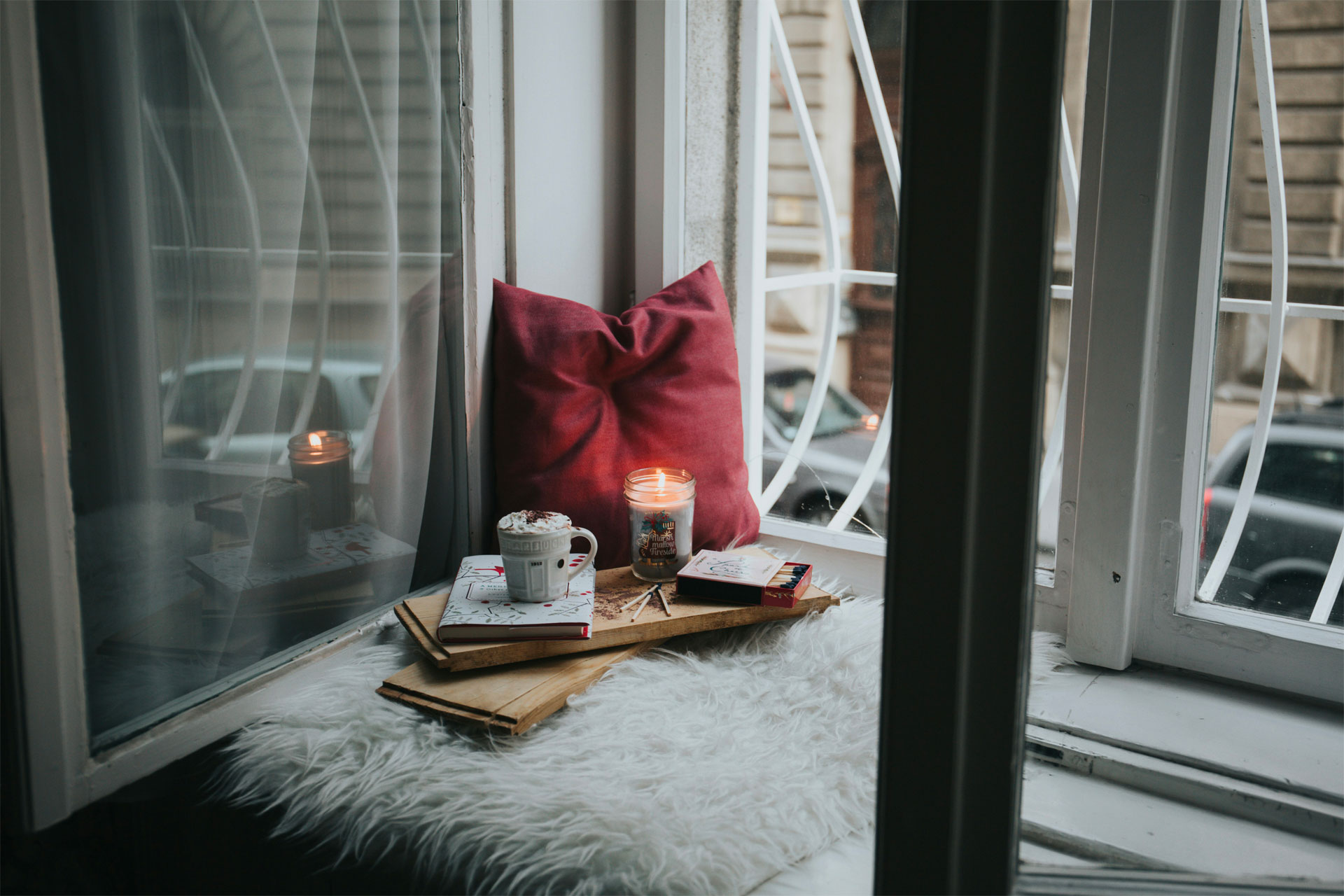
© Alisa Anton via Unsplash
How To Scentscape Your Home
1. Think About What The Room Is For
Emma South, fragrance expert at Jo Malone London, recommends thinking about the purpose of a room. ‘When you consider function,’ she says, ‘you inevitably consider the emotional requirements – how you want to feel in a space, and this connects with the mood enhancing power of fragrance. For example, kitchens are often where we start the day, where food is prepared and conversations flow; this calls for energising, enlivening scents filled with citrus and herbaceous notes which revitalise the mood with their zest and verdancy.’
A bedroom, by contrast, is primarily used to relax, so you would want to seek out a scented candle that you associate with comfort: perhaps vanilla, or something deeper like cedar.
2. Keep Aesthetic Styling In Mind
You can use scent to help construct an aesthetic, too. For example, if you’re seeking to create a kitsch space – think whimsy and nostalgia – you’ll be looking to plump for a scent that is playful. ‘Smells like rose, jasmine and peony pair well with unexpected twists – like bubblegum,’ says Lauren Grainger from candle gifters From Today, ‘scents that falls into the realm of whimsy’.
3. It’s Not Just About Candles
Interiors editor Carole Annett has a unique suggestion: got an old bouquet of roses? You can repurpose these to create an inviting guest-friendly smell when you next host. ‘Whenever I am hosting a dinner – particularly an al fresco one – I’ll prepare a few hours in advance by popping flower petals into a bowl of water,’ she says, ‘it creates the most natural aroma that almost draws people outside. And it shows you really care.’
4. Layer Smell Combos
Don’t just go for a flat scent, says Emma. ‘We design fragrances with a minimal palette of ingredients, because this allows you to play with “frequency”,’ she says. ‘Instead of using just one fragrance, you can work several together to create your own bespoke scent. It’s a nice way to play with seasonality and change the aroma throughout the entire year.’ So, have a play around – and be led by your nose. We like the smell of that advice.
Featured image by Arnold Leung via Unsplash.

